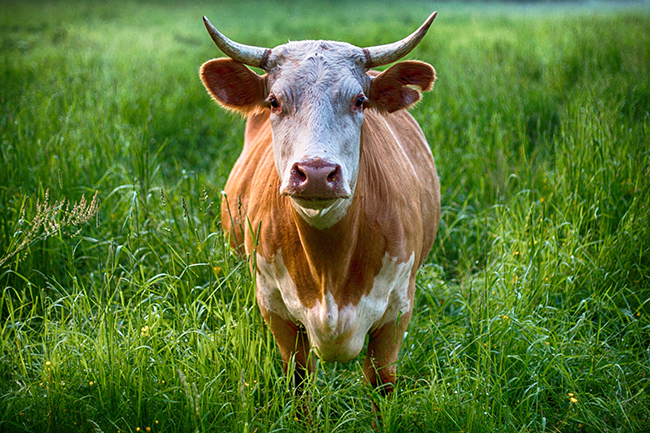Today’s guest post comes to us from Brian Boyles for FactsandTrends.com.
As a young pastor, I was eager to take on my new ministry assignment and blaze trails for God’s kingdom. I’ve been in churches where I’ve had autonomy to do that. And there have been others where I’ve felt hindered because it meant opposing beloved traditions.
Now in my 40s, I realize I have (Lord willing) many years of ministry ahead. But that also means I’ve become acquainted with commonplace “sacred cows”—idols that have become so ingrained in the culture of a congregation, many can’t remember why they exist or make the case to continue them.
I can identify and describe a few of these sacred cows. But I can also offer some ways to wisely relocate these “cows”— by either moving them to their proper place or moving them out altogether.
1. Relics and buildings. For some churches, it’s a preferred translation of the Bible. For others, it’s a landmark steeple that has been a mainstay in the town’s skyline for decades. Some might have a long-standing painting in the baptistery—hand-painted by one of the charter members.
For a church where I formerly served, one of them was a chapel space that had barely been used. When some of us realized our campus lacked space for children’s activities, there was a recommendation we convert the unused chapel into a kids’ ministry area.
Many embraced the idea. Others reacted as though we compromised the gospel itself by even suggesting such.
In cases like this, these physical sacred cows have become stumbling blocks instead of the service tools they were intended to be.
2. Traditions. In many cases church members will cling to a time they served, learned, worshipped, and ministered under a former pastor—especially if he was the founder of the church.
Other times, there are programs that have long since run their course and something new needs to replace them. Yet they stay, because that’s the way we’ve always done it.
Or perhaps an annual event is no longer relevant, but no one is willing—or able—to acknowledge it.
Instead of having a constantly renewed vision to engage the community with the gospel and make disciples, some congregations feed the sacred cow of tradition.
Click here to read the full article and the two remaining sacred cows.
Your partner in ministry,
Nelson
Share This Post


